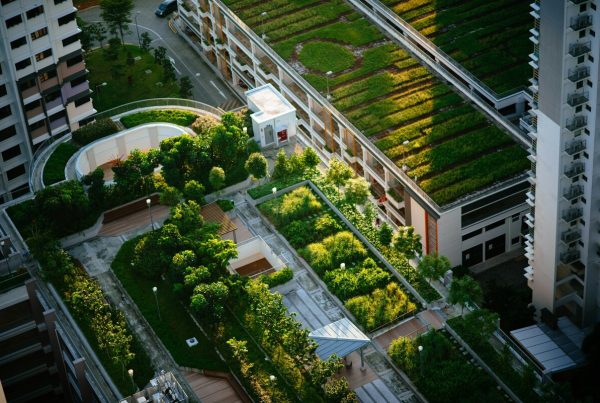In the building arms race, it’s not always about height and floor area. You can hog the space all you want if land is ample and the building’s purpose calls for such spaciousness. The truly marvelous constructions however are those buildings that go high up and yet remain skinny, adamantly impaling the sky and defying gravity all at the same time.

The proposed 111 West 57th Street, yet another skinny deluxe condo set to grace New York in the coming years.
Tall skinny buildings are actually the default in places like Hong Kong, Singapore and Japan where land is limited and the population is high. Hong Kong’s lax zoning laws and high land price for instance have encouraged builders to go high and slim. The resulting high-rises often exceed the recommended floor-to-area ratio of 1:18. (For a building to be considered slim, structural engineers agree on a minimum ratio of 1:10 or 1:12, where the building’s height is 10 or 12 times larger than its base.)
New York City is densely-populated too and just as land-starved, yet the rise of skinny buildings there is grounded more on trend and luxury than on need. These slender towers are often the luxury condominium type which, like the Madison One completed just this year, can cost as much as $14M for a full-floor, 3-bedroom unit. Planned constructions of more skinny condos include 432 Park Avenue (to be completed in 2015) and the recently green-lighted project 111 West 57th Street (with its stepped façade looking like a “serrated knife”, to start construction next year.)
Not surprisingly, these “ultra-luxe” condos cater to the extremely rich, who can and would pay a premium for fantastic views of the city plus the luxury of having practically an entire floor all to themselves.
Then again, those astronomical prices are reasonable in their own way. There are air rights to be paid to neighboring low-rise properties. It’s expensive to build high and slim at the same time. As WSJ’s Eliot Brown reports, steel takes long to lift as you go higher, and construction can be delayed by high winds. Technology has made it possible to build tall, slim buildings that can withstand windforce and sway just as good as traditional buildings with larger bases.
Exuding calm and grace, these sleek high-rises are actually under intense forces especially as the floor goes higher. That perhaps is part of the appeal: it’s more exciting to live in an impossibly sleek and razor-thin tower.
Skinny Homes, Too
Thankfully, the trend in building slim isn’t limited to luxury condos. Slim homes are also on the rise. Combining minimalist modernity and elegant practicality, these slim houses cleverly make use of tight spaces—often wedged between two older buildings—where it would have once been considered impossible and tacky to build a home. The result is a remarkably slender yet comfortable dwelling, with a small footprint and big savings on maintenance cost for the homeowner.










